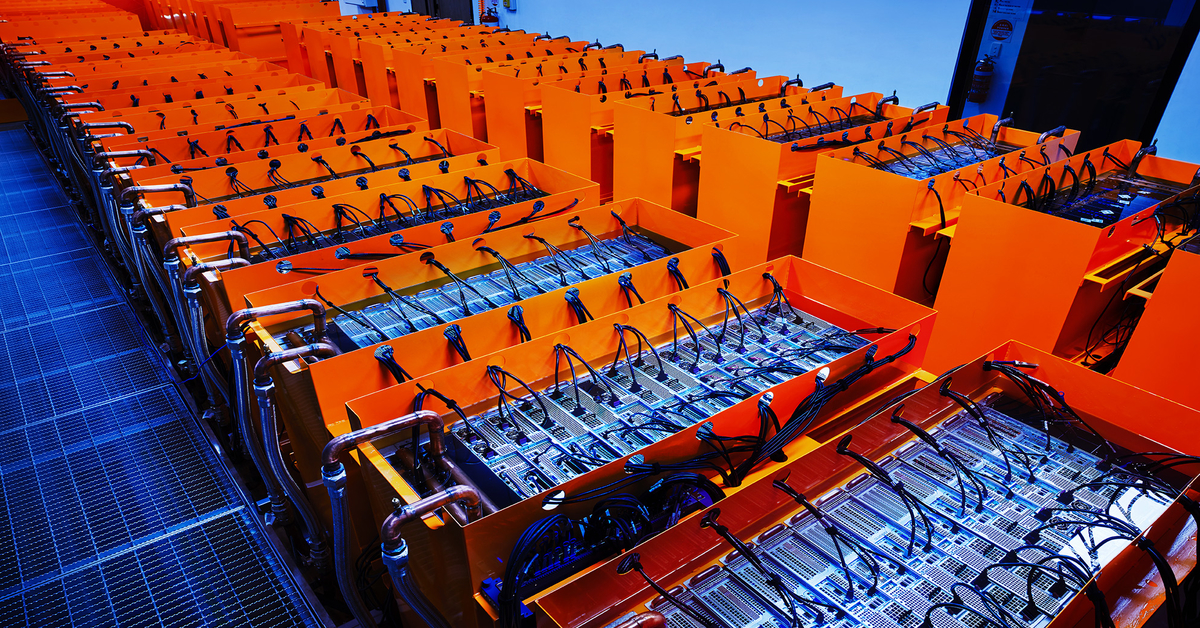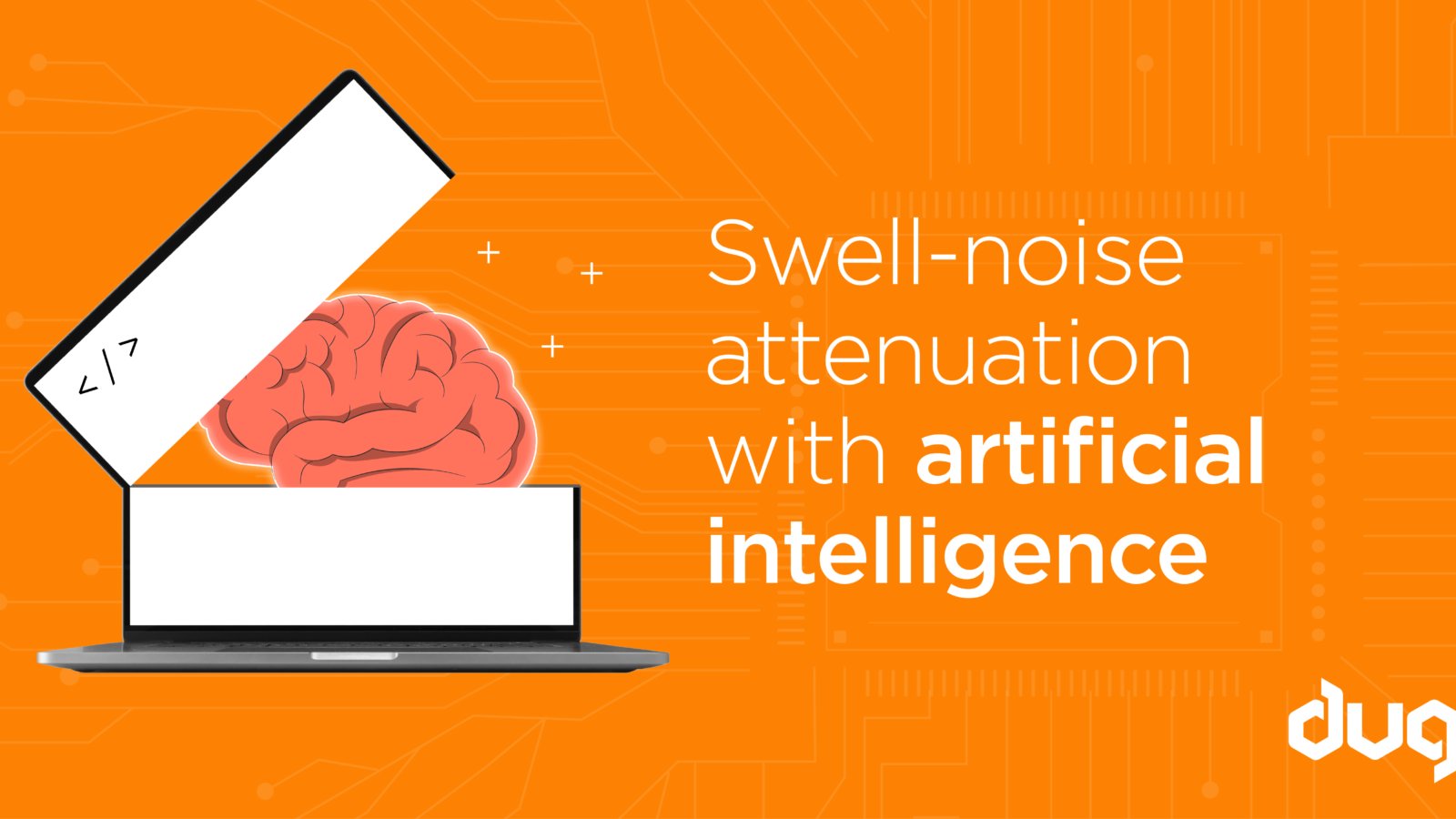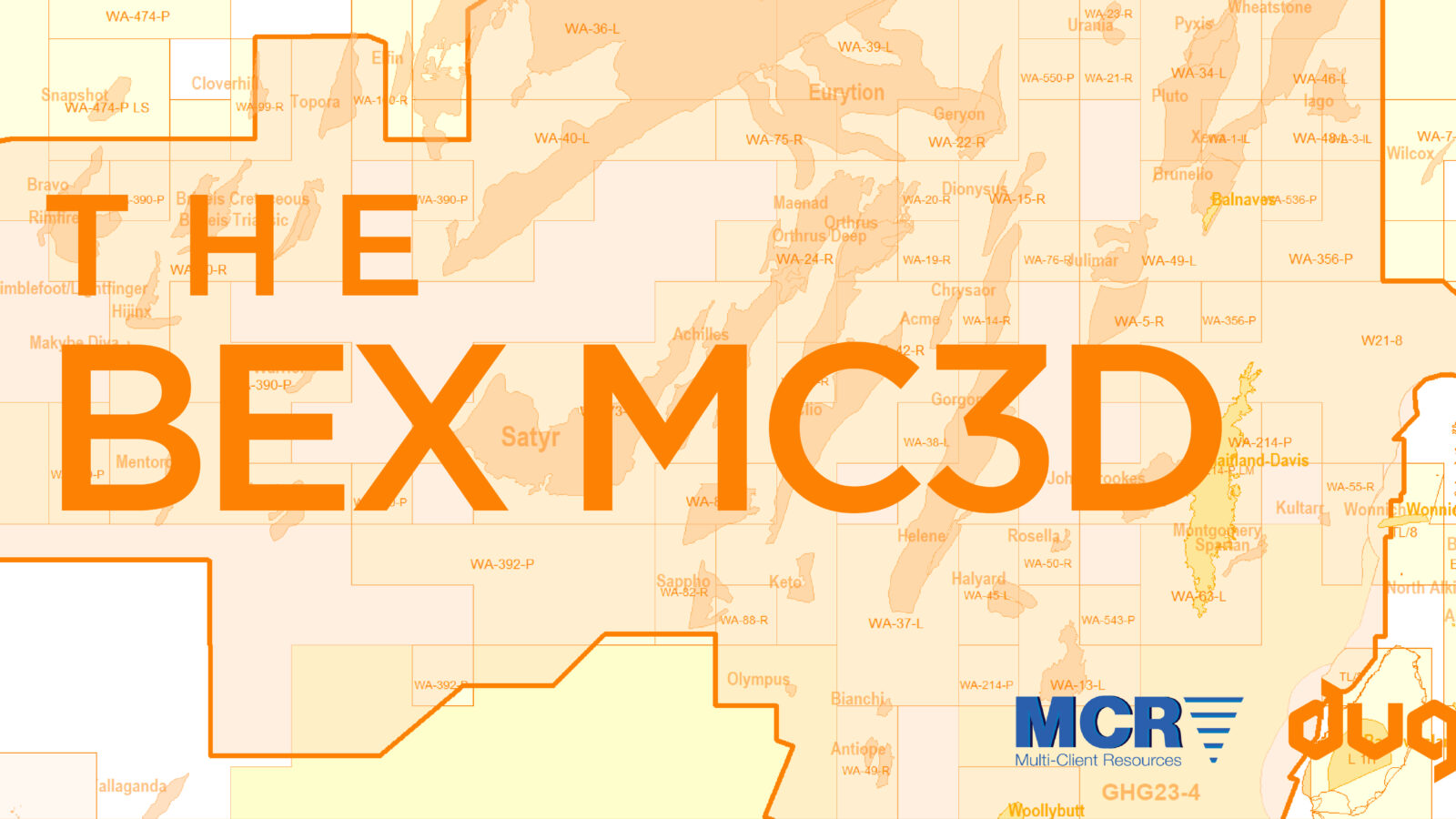The face of modern-day computing has seen a dramatic change since the advent of the cloud, which in recent times has been accelerated by the rapid transition to remote work spurred by the Covid-19 pandemic.
As a result, digital transformation has been moving at record speeds, shifting many organisations and their entire processes to the cloud. Witnessing the plethora of benefits that cloud-based high performance computing (HPC) can bring—improved agility, efficiency, and business outcomes—many organisations have made this move permanent rather than temporary.
Underpinning cloud services and various other data- and compute-intensive processes are data centres. They’re the factories of the digital era, scattered across the globe from Los Alamos to Las Vegas, from Perth to Singapore. They’re the wheels to the planet’s digital services. They’re the reason why you’re able to read this very moment!
Data centres are energy-intensive beasts
The world’s data centres are also enormous guzzlers of power. Combined, they emit roughly as much carbon dioxide as the entire airline industry. What’s more, the amount of energy used by data centres is projected to double every four years.
It’s therefore unsurprising that data centre operations are now increasingly focussed on sustainability. A recent report from global real estate consultant JLL shows that 85% of data centre managers believe that sustainability will affect their decision-making.
“The sector urgently needs to address its expanding contribution to global emissions, so operators need advice along the entire real estate life cycle—from site selection to investment to facilities management—in order to address the sizeable sustainability issues they face,” Chris Street, Managing Director of Data Centres Asia Pacific JLL, told datacenternews.asia.
To achieve long-term emissions reduction, data centre operators will need to adopt technologies that reduce power consumption, minimise waste, focus on the circular economy, as well as turning to renewables to power computer hardware.
Immersion cooling to the rescue
At DUG we design, own, and operate a network of some of the largest and greenest supercomputing installations on Earth. Installations of this scale generate considerable heat and require efficient cooling technology. They’re traditionally air-cooled, which is inefficient, expensive, and environmentally unfriendly.
Our patented ‘DUG Cool’ immersion-cooling technology, utilised in all our data centres, reduces the power consumption of our computer hardware by 51%, helping us play a role in reducing the carbon footprint of data processing and storage. The green technology also uses 85% less synthetic refrigerants. Those are significant numbers concerning both their economic and environmental outcomes. Learn more about our immersion-cooling system here.
This in turn helps our customers achieve their carbon-reduction goals and meet environmental, social, and governance requirements.
After all, the greenest energy is the energy you don’t use!
Our green compute has helped fuel decarbonisation efforts across many industries. For instance, the International Centre for Radio Astronomy Research (ICRAR) highlighted in their Sustainability Statement the power-saving benefits of DUG Cool, which helped slash their data processing carbon emissions.
Our HPC experts processed six years’ worth of data backlog from the Murchison Widefield Array, a precursor to the Square Kilometre Array radio telescope. The team worked closely with ICRAR/Curtin researcher Professor Cathryn Trott to optimise the code and ensure efficient use of the supercomputers. This resulted in a paper published years ahead of schedule that has since had more than 100 citations, placing Australia at the forefront of radio-astronomy research. And all this while reducing ICRAR’s carbon footprint!
Coupled with a focus on sovereign capability, data and cyber security, dedicated HPC support and domain-specific expertise, our unique and green cloud-based HPC as a service enables you to focus on what matters most to you. Want to know how we can help solve your biggest big-data challenges? Reach out to us at [email protected] today!






























